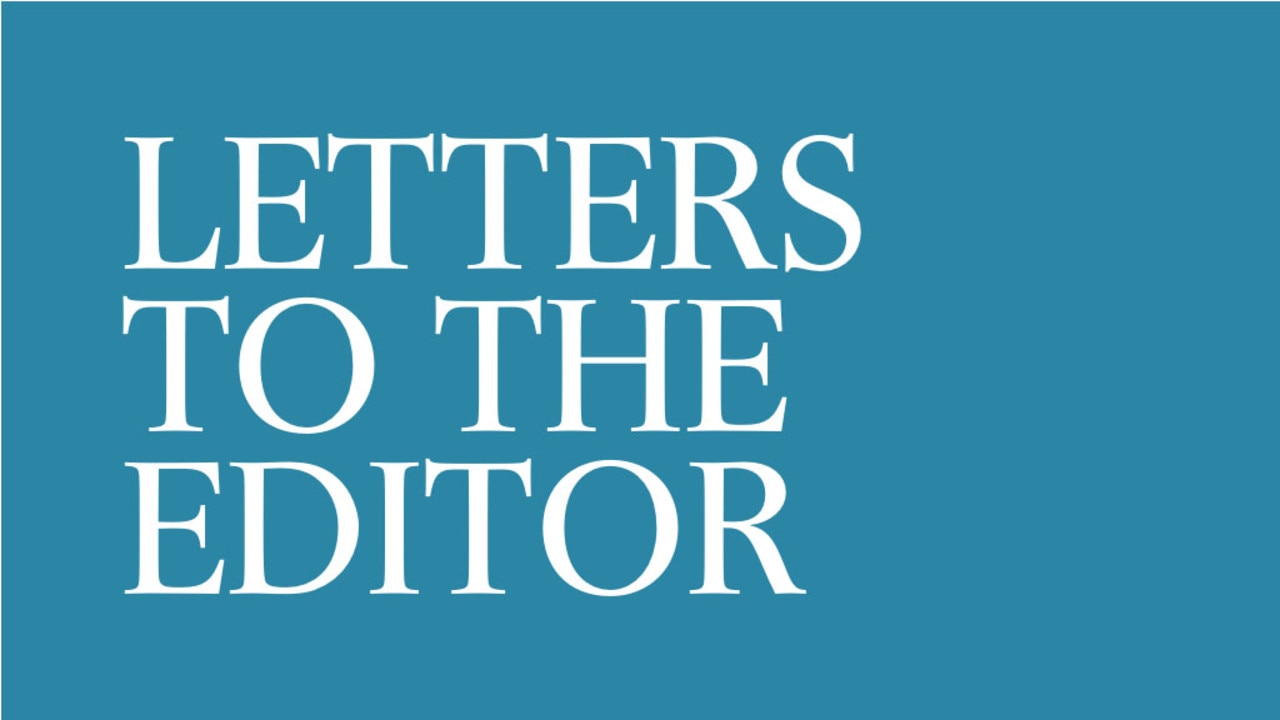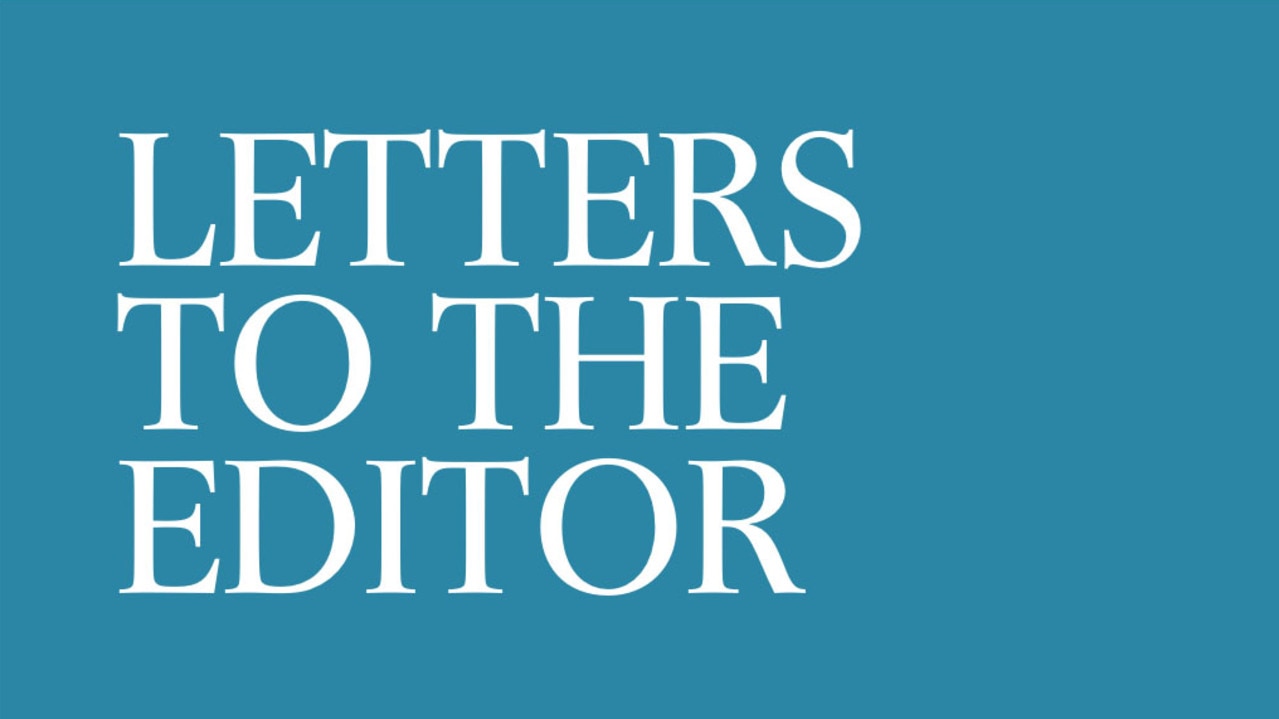Dangers in High Court’s interpretation of the voice
Professor Greg Craven is wrong to say that there are questions that the opponents of the “voice” referendum must answer (“Ten questions on the voice the ‘no’ side must answer”, Inquirer, 24-25/9).
In a democracy, it is for those who propose change to persuade the rest of us that it will be beneficial and we should vote in favour of it. Those opposing it do not need to say anything. There are two questions that the proponents of the constitutional “voice” need to answer: 1. Why do we need it? and 2. What will it do?
Indigenous people already have “voices” to parliament. They’re called votes. Indigenous people are, as a proportion of the population, already overrepresented in the current parliament with 11 MPs in both houses, so it’s not as though the current system is denying them anything.
The refusal of the “voice” proponents to commit to any detail about how it will function in practice is concerning. If it does “end up as a repetition of the Aboriginal and Torres Strait Islander Commission”, it will be corrupt, dysfunctional, ineffective and wasteful and, because enshrined in the Constitution, almost impossible to get rid of. Worse, it could end up giving one racial group more rights than other Australians. The fact that we have had race-based provisions in the past (often used to discriminate against Aborigines) does not justify doing it again.
However carefully the amendment is drafted, the Commonwealth Law Reports are full of cases where the High Court has interpreted constitutional provisions in a completely different way to what was originally intended. My answer to Greg’s question seven (“Why would the High Court run amok with an Indigenous voice?”) is: “I have absolutely no idea.” That is what concerns me.
Michael Gronow KC, Melbourne, Vic
According to reports, a majority of Australians support the Indigenous voice to parliament. I’m not surprised. The only way to get a majority on anything is to win over a lot of Coalition supporters, and we know why they support it.
Because the voice will have no clout. It will merely give advice. It can therefore be ignored by Coalition governments. So any voice has to be made not only Dutton-proof today but future-Howard-proof as well.
No, not by having a third house of parliament. The way to do it is to establish a separate voting roll so that Indigenous people can put their own senators and MPs into the two existing houses.
That doesn’t require a referendum, and can be Dutton-and-Howard-proofed quite easily.
Timid souls who quake at the mere idea of such a thing should just look across the Tasman. Exactly this has applied in New Zealand since 1867. The sky over there has not yet fallen in.
GTW Agnew, Coopers Plains, Qld
To suggest Indigneous Australians Minister Linda Burney has defined the areas of Indigenous interest for “advice” by the proposed voice to parliament (“Voice to echo across policy”, 26/09) flies in the face of reality.
In fact, the minister has merely expressed her opinion about what the voice may or may not be without once mentioning the Prime Minister’s draft amendment issued after the last Garma Festival. That draft, in the words of barrister Louise Clegg, is a new and entirely unprecedented proposal that amounts to embedding in our Constitution an unparalleled collective or group right.
It is beyond question that clarification on the voice is needed but that is not happening as proponents shy away from clarifying any of its aspects, whether they be the form of the PM’s draft amendment, the substance of its expected constitutional impact, or, perhaps more importantly, whether enshrining the voice in the Constitution will eliminate Aboriginal disadvantage.
All of these aspects demand unequivocal answers from the government, for it cannot rely on trust by the people to enable its reform to be accomplished. Its equivocation in other areas since its election suggests that trust will not be forthcoming in this instance.
Ian Dunlop, Hawks Nest, NSW
Labor wants to increase subsidised childcare to 36 hours per fortnight for Aboriginal children. We are told the eligibility for subsidised childcare is dependent upon the parents’ income and work requirements, so surely all children should be eligible for the 36 hours? Childcare centres will have two classes of children, Indigenous and non-Indigenous, and the divisions between Australians will start at a very early age. Is this what we can expect from the voice?
Sally Goode, Loxton, SA



To join the conversation, please log in. Don't have an account? Register
Join the conversation, you are commenting as Logout